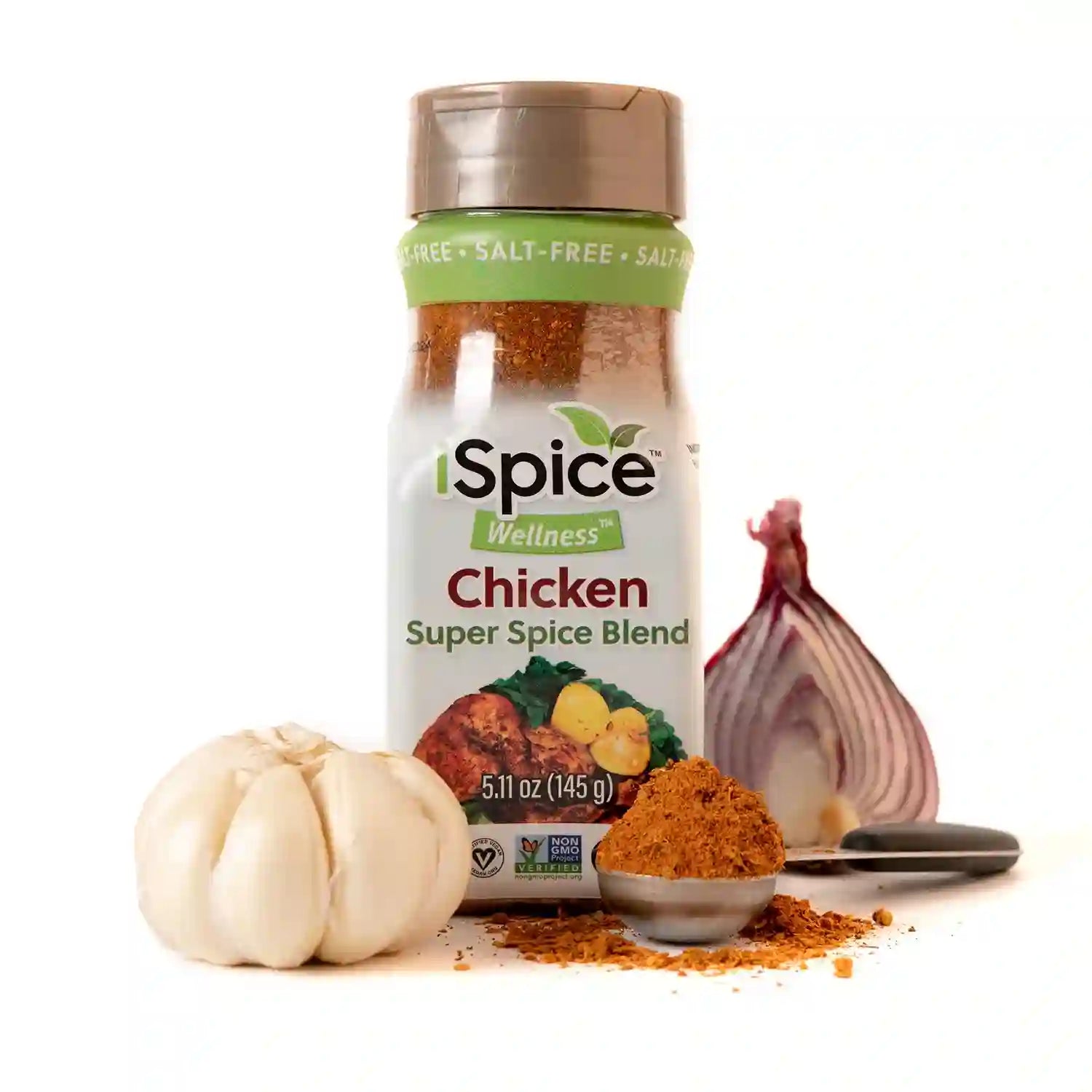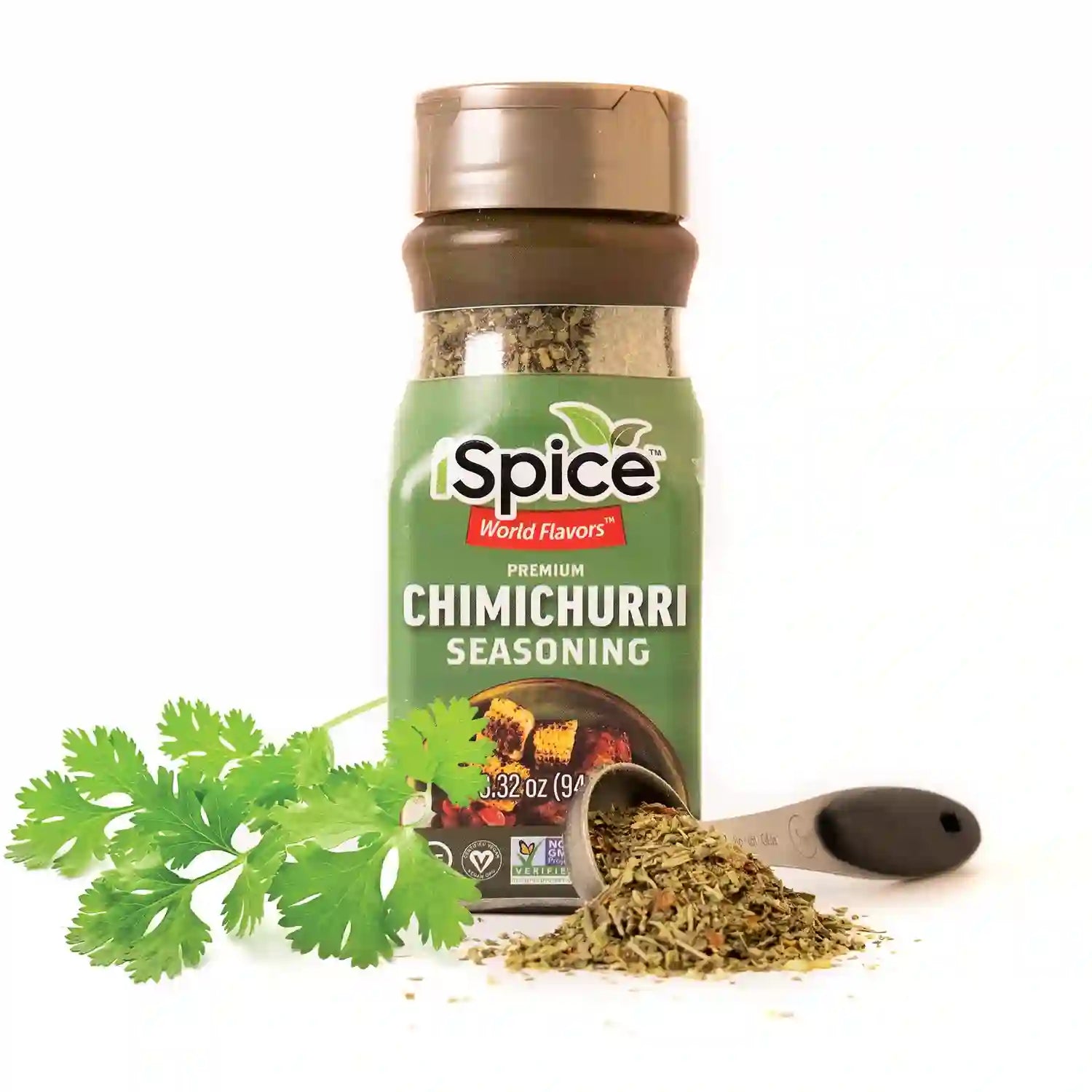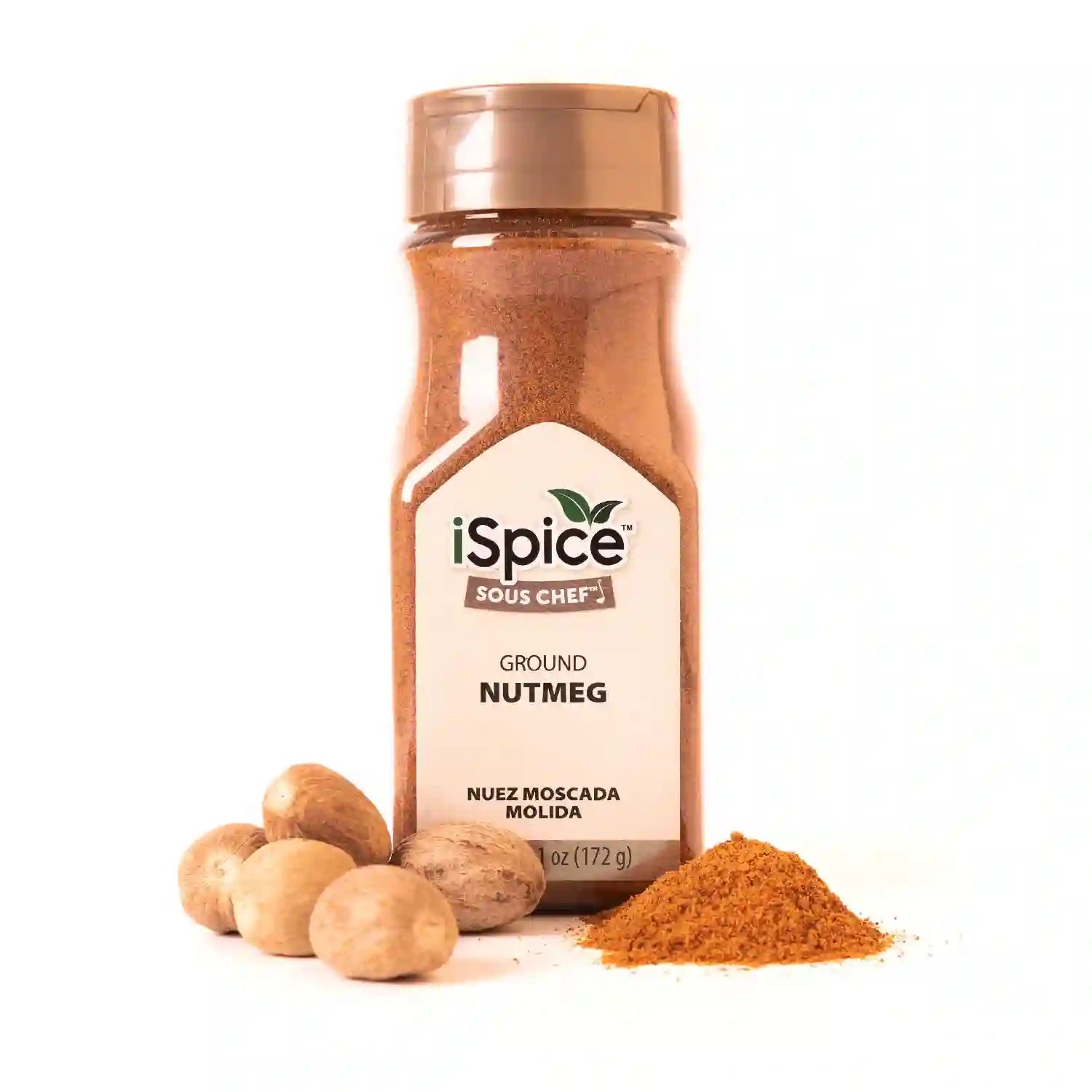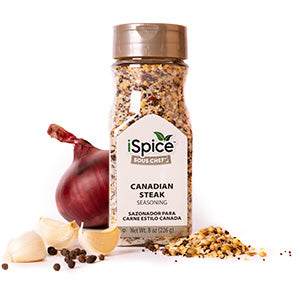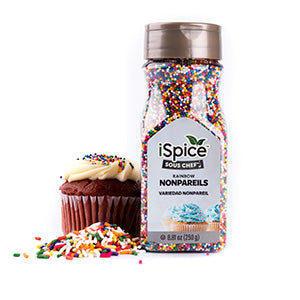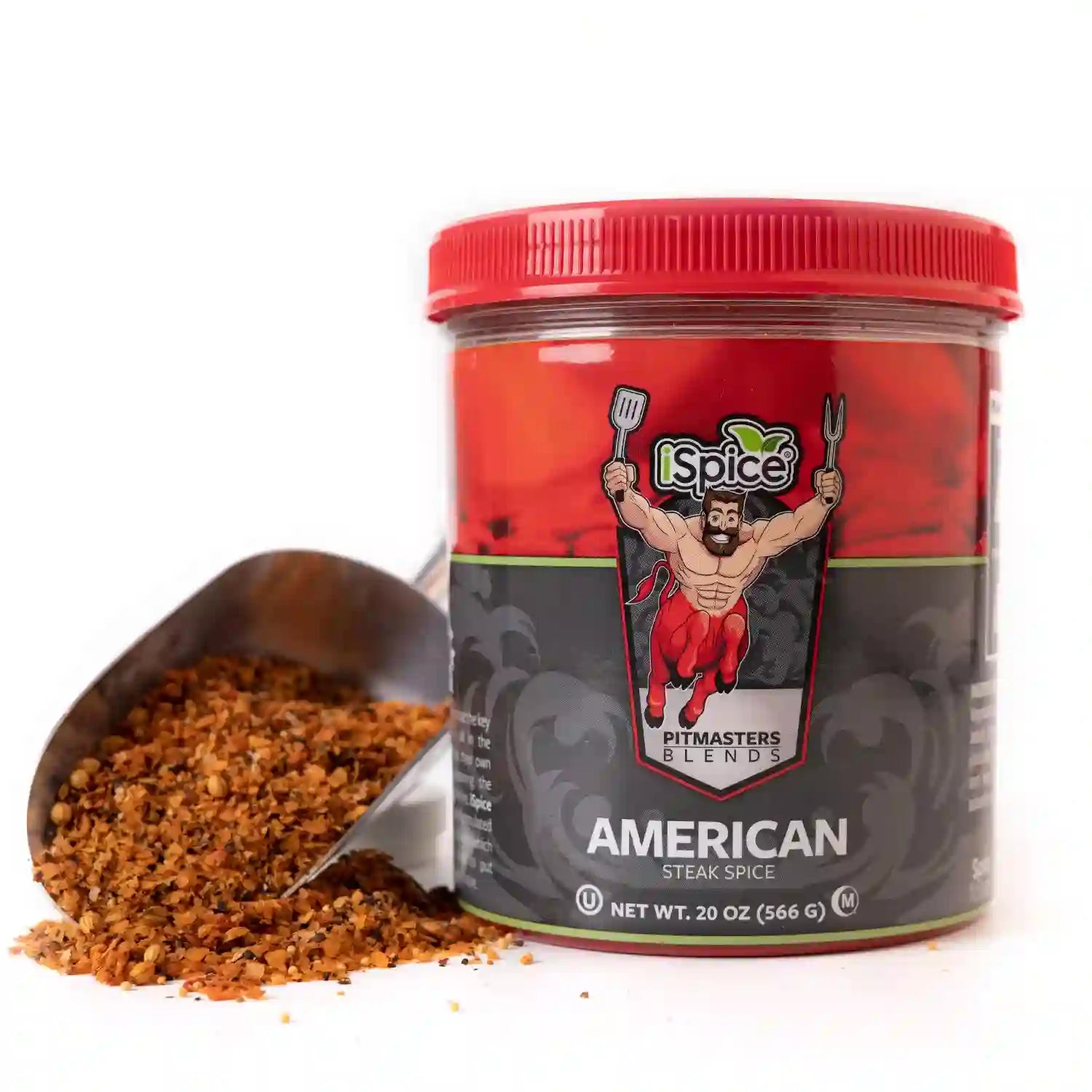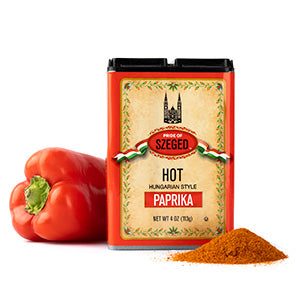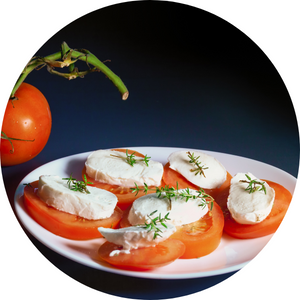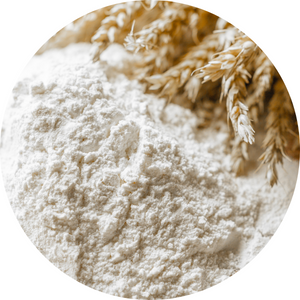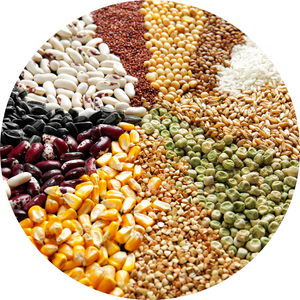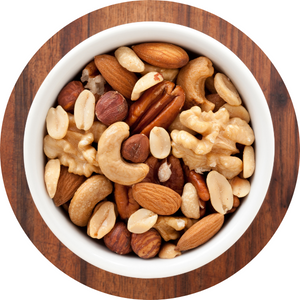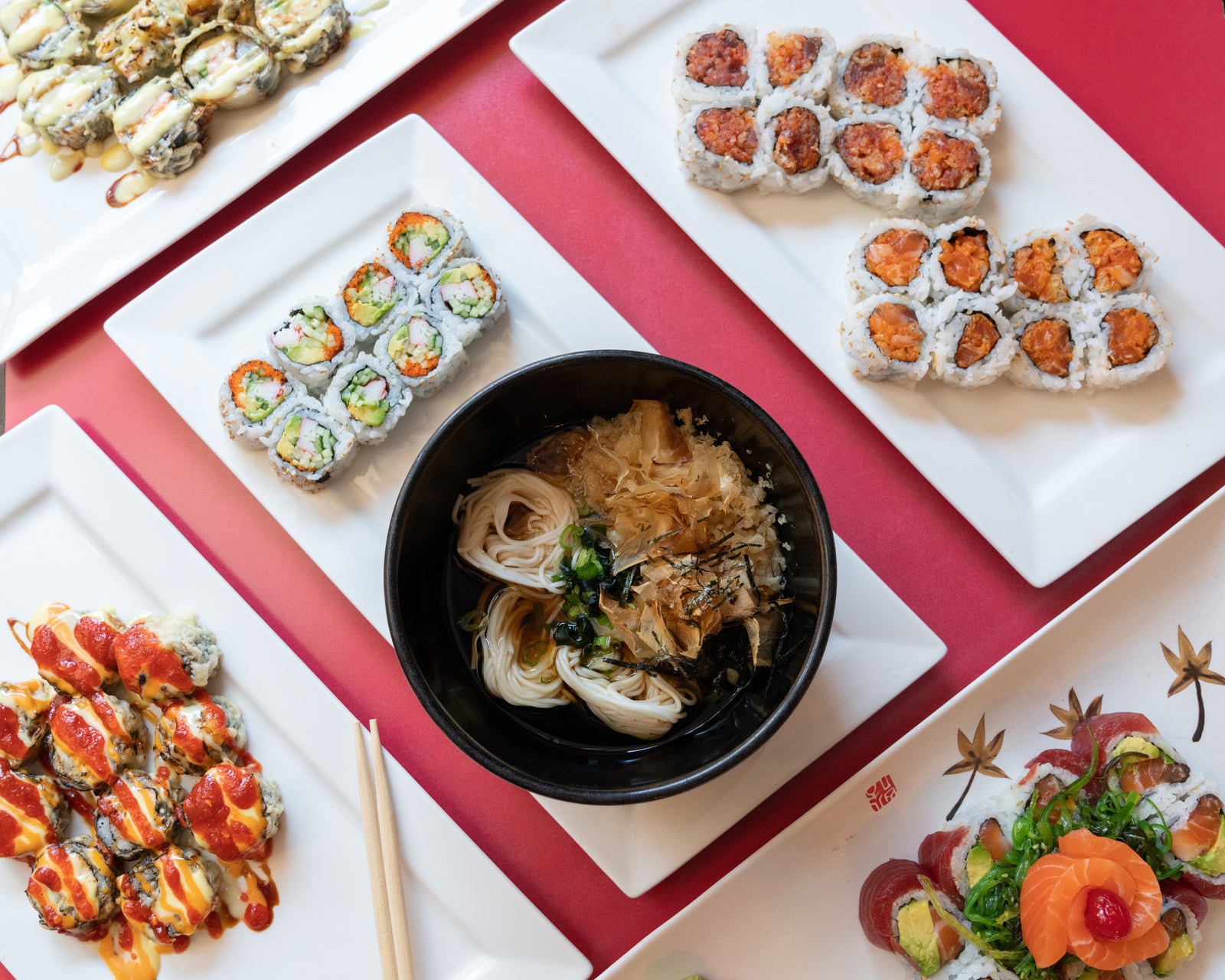
Great cooking isn’t just about individual ingredients — it’s about balance. Herbs and spices, when combined correctly, create depth, aroma, and complexity in your dishes. Whether you’re seasoning roasted vegetables, soups, or sauces, learning how to combine herbs and spices transforms everyday meals into flavorful masterpieces.
Each herb and spice has its own strength and role — herbs bring freshness, while spices add warmth and depth. Mastering how to use them together helps you craft well-rounded flavors that feel complete and satisfying.
Understanding the Role of Herbs and Spices
Before combining them, it helps to know what each group contributes to your dish.
| Type | Purpose | Examples |
|---|---|---|
| Herbs | Provide fresh, aromatic notes; often green and leafy | Basil, thyme, rosemary, parsley, cilantro |
| Spices | Add depth, warmth, and complexity; usually from seeds, bark, or roots | Cumin, paprika, turmeric, cinnamon, cardamom |
Herbs build freshness and aroma, while spices enhance structure and warmth. The right combination of both brings flavor harmony.
Key Principles for Combining Herbs and Spices
-
Balance Intensity
Strong spices like cumin or clove can overwhelm delicate herbs such as basil or chervil. Start small and build flavor gradually. -
Layer Flavor by Timing
-
Add dried herbs and spices early during cooking to infuse flavor.
-
Add fresh herbs at the end for brightness and color.
-
-
Use Regional Pairings
Traditional cuisines often reveal ideal pairings. For example:-
Italian: Basil + oregano + garlic + black pepper
-
Indian: Cumin + coriander + turmeric + cilantro
-
Middle Eastern: Mint + sumac + cinnamon + allspice
-
-
Match Flavors by Temperature
Warm spices pair well with hearty foods, while lighter herbs suit fresh or chilled dishes. -
Complement, Don’t Compete
Choose one dominant flavor and support it with subtle accents.
Common Herb and Spice Pairings That Work
| Herb | Best Spice Partners | Best Dishes |
|---|---|---|
| Basil | Paprika, black pepper, garlic | Pasta, tomato sauces, chicken |
| Thyme | Cumin, turmeric, coriander | Stews, roasted vegetables |
| Rosemary | Paprika, black pepper, nutmeg | Roasted meats, potatoes |
| Cilantro | Cumin, chili powder, turmeric | Tacos, curries, grain bowls |
| Parsley | Paprika, garlic, lemon zest | Dressings, grilled fish |
| Sage | Nutmeg, allspice, black pepper | Stuffing, creamy sauces |
| Mint | Cardamom, clove, cinnamon | Teas, lamb, desserts |
| Oregano | Cumin, chili flakes, paprika | Mediterranean and Mexican dishes |
| Dill | Mustard seed, coriander | Seafood, salads, pickles |
| Tarragon | White pepper, anise, mustard | Chicken, eggs, and sauces |
Each combination enhances the dish’s complexity while maintaining balance between freshness and spice.
How to Build Balanced Flavor Layers
-
Start with a Base Spice
Choose a foundational spice like cumin, paprika, or coriander for warmth. -
Add Complementary Herbs
Pair with herbs that soften the spice’s edge — basil, parsley, or thyme work beautifully. -
Add Aromatic Notes
Include subtle spices like nutmeg, cardamom, or garlic powder for depth. -
Finish with Fresh Herbs
Add cilantro, dill, or chives before serving for aroma and color.
Example:
For roasted vegetables — use paprika and cumin as the spice base, then finish with thyme and parsley for balance.
Regional Examples of Herb and Spice Harmony
| Cuisine | Typical Combinations | Flavor Profile |
|---|---|---|
| Mediterranean | Oregano, rosemary, basil + paprika, black pepper | Herbal and warm |
| Middle Eastern | Mint, parsley + cinnamon, sumac, cumin | Fresh yet earthy |
| Indian | Cilantro, curry leaves + turmeric, cardamom, cumin | Bright and layered |
| Mexican | Oregano, cilantro + chili, paprika, cumin | Spicy and aromatic |
| French | Tarragon, thyme + nutmeg, white pepper | Delicate and buttery |
Understanding cultural pairings helps you build natural, proven flavor combinations.
Tips for Perfect Herb and Spice Pairing
-
Use fresh herbs for finishing, dried for depth.
-
Toast spices lightly before blending to release oils.
-
Blend small batches of mixed herbs and spices to avoid losing freshness.
-
Balance savory and sweet notes. Cardamom or cinnamon can enhance earthy spice blends.
-
Keep track of your mixes. Label jars with proportions for future use.
Frequently Asked Questions About Combining Herbs and Spices
1. Can I use dried herbs and fresh spices together?
Yes. Dried herbs and ground spices work well together — just adjust intensity, as dried herbs are stronger in flavor.
2. What’s the best rule for pairing herbs and spices?
Pair by region or by flavor balance: one dominant element (spice) supported by a complementary herb.
3. Can I pre-mix my favorite herb and spice blends?
Yes. Combine small amounts in airtight jars and store in a cool, dark place for up to 3 months.
4. What herbs go well with spicy dishes?
Cilantro, parsley, and mint balance heat and add freshness.
5. How can I prevent over-seasoning?
Add seasonings gradually and taste often. It’s easier to add more than to fix an overly spiced dish.
Final Thoughts
Combining herbs with spices is the key to balanced, flavorful cooking. Herbs brighten and freshen, while spices bring warmth and complexity. By layering flavors, experimenting with regional pairings, and adjusting intensity, you can create dishes that taste complete, aromatic, and beautifully balanced every time.

